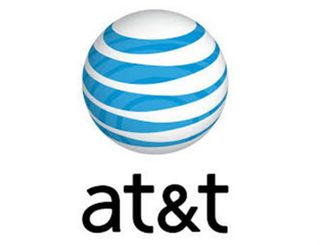AT&T U-verse Adds 50K TV, 440K Internet Sub in Q1

AT&T U-verse added subs in the TV and broadband categories in the first quarter of 2015, but at a slower rate than the year-ago, numbers that were partially affected by the sale of AT&T’s Connecticut wireline operations to Frontier Communications, which wrapped in October 2014.
AT&T said it added 440,000 U-verse Internet customers in Q1, extending that total to 12.6 million, but below the 634,000 subs it added in the category a year earlier.
On the video side, AT&T tacked on 50,000 U-verse TV subs in Q1, versus 201,000 adds in the year-ago quarter.
U-verse TV penetration at the end of Q1 was 22%, while U-verse broadband penetration was 21%.
AT&T pulled in U-verse residential revenues of $5.7 billion in Q1, noting that U-verse (high speed Internet, TV and voice over IP) now represents 69% of the company’s wireline consumer revenues, up from 59 percent in the year-ago period.
AT&T also noted that it expects to gain final approval of its proposed DirecTV merger in the second quarter of 2015.
“We expect the DirecTV transaction will close this quarter,” John Stephens, AT&T’s CFO and SVP, said on Wednesday’s earnings call. He expressed confidence that the combo of AT&T and DirecTV will exceed their original $1.6 billion in expected cost synergies, now seeing them exceed a $2.5 billion run rate by year three.
Multichannel Newsletter
The smarter way to stay on top of the multichannel video marketplace. Sign up below.
Stephens attributed that improved view in part to efficiency opportunities such as combining broadband and video installs on one truck roll, getting customers on a single bill and the utilization of a unified customer care operation, getting better pricing on set-tops and other equipment, and combined advertising.
Those cost-savings, he said. “will build starting in 2015, but build really in 2016, and…move toward significant amounts in 2017.”
Stephens appeared unworried about competition posed by Google’s new Project Fi, which will use WiFi and Sprint’s and T-Mobile’s 4G networks to deliver services initially to one device, the Motorola Nexus 6, and start at $20 per month.
“It’s got a very limited number of devices,” Stephens said. “That's not generally the way we like to present options to customers. We like to provide a lot…My understanding also is that there's going to be very limited distribution and customer care.”
